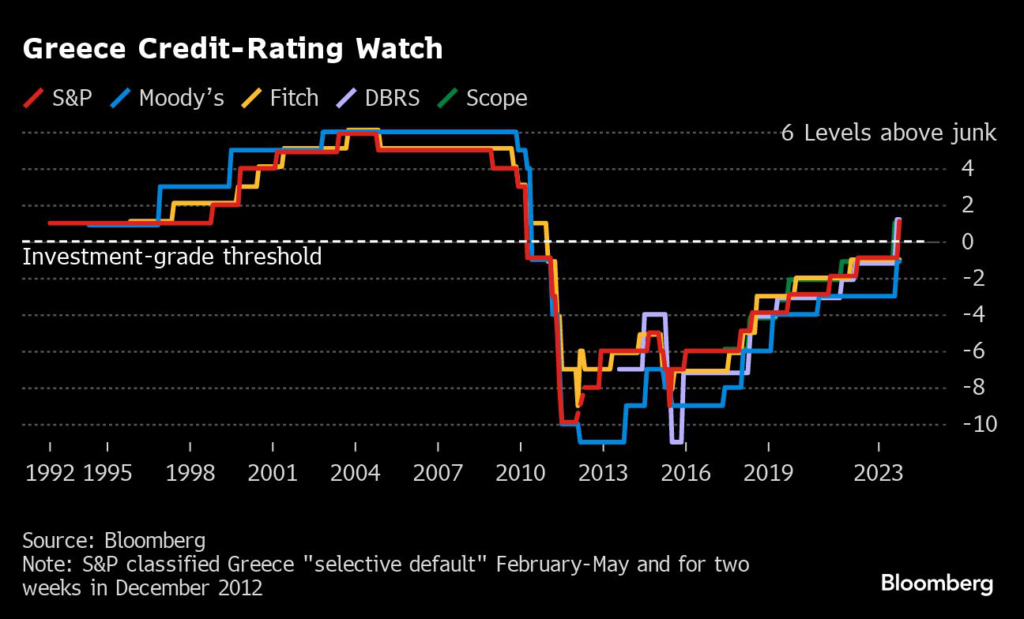American sportswriter Grant Wahl died of a heart condition called aortic aneurysm while he was covering the World Cup in Qatar, his wife confirmed on Tuesday.
(Bloomberg) — American sportswriter Grant Wahl died of a heart condition called aortic aneurysm while he was covering the World Cup in Qatar, his wife confirmed on Tuesday.
Wahl was 49 when he suddenly collapsed at the quarterfinal match between Argentina and the Netherlands. He had previously posted that he had increased pressure in his chest and was being treated for possible bronchitis. In a statement on Wahl’s Substack newsletter, his wife Céline Gounder made clear that there was “nothing nefarious” about his death, nor was it related to Covid-19 or vaccination status.
“An autopsy was performed by the New York City Medical Examiner’s Office. Grant died from the rupture of a slowly growing, undetected ascending aortic aneurysm with hemopericardium,” the statement said. “The chest pressure he experienced shortly before his death may have represented the initial symptoms.”
Wahl’s death has sparked questions about the condition.
What is an aortic aneurysm?
The aorta is an important artery that carries blood between the heart and the rest of the body. Medical issues, genetic conditions and trauma can damage the aorta’s walls and create a bulge, called an aortic aneurysm.
There are two different types of aortic aneurysm: abdominal and thoracic. The abdominal version is much more common.
What are the symptoms?
An aortic aneurysm can develop and grow undetected before it causes any distress, and the symptoms will vary depending on where it is. Patients report pain in the abdomen, neck, jaw or back. Shortness of breath, hoarseness and difficulty or painful swallowing can also be indications of an aortic aneurysm, as can feeling full without eating much and a throbbing of the stomach.
How serious it it?
Aortic aneurysms or tearing in the artery wall caused 9,904 deaths in the US in 2019, according to the Centers for Disease Control and Prevention. If left untreated, an aortic aneurysm can lead to life-threatening outcomes like a rupture of the bulge or a tear of the artery wall. Screening procedures, such as ultrasounds and other types of scans, may identify potential problems.
Aortic aneurysms are rare and deadly. About three in 100,000 people will suffer an aortic aneurysm that tears the artery wall, according to the International Registry for Acute Aortic Dissection. Up to half of patients who experience a tear in the aorta die before reaching the hospital.
Only 20% of people are able to survive a ruptured abdominal aneurysm. However, if it’s caught before rupture, outcomes are often good.
Can a person survive an aortic aneurysm?
If an aneurysm is close to rupturing — usually if the bulge is large or growing rapidly — it can be fixed with surgery. A ruptured aneurysm or tear in the artery must be repaired with emergency surgery. Small aneurysms are routinely monitored but not treated, and patients are encouraged to make healthy lifestyle changes.
There are two possible procedures to repair an aneurysm. The most common is open surgical repair, which removes the aneurysm and replaces it with a graft of artificial material.
A less invasive surgical option is endovascular repair, which involves inserting a stent into the artery that will prevent blood from entering the aneurysm. This procedure is more common for abdominal aneurysms.
Early diagnosis and treatment can help slow the growth of the aneurysm and prevent serious consequences
What are the risk factors?
Age is a risk factor, as are family history and genetics. One in 10 people with abdominal aortic aneurysms have family members who have also had them. Certain habits like smoking and medical conditions including high blood pressure and obesity can play a role in increasing the chance of aortic aneurysm. Men are more likely to develop them than women.
More stories like this are available on bloomberg.com
©2022 Bloomberg L.P.









